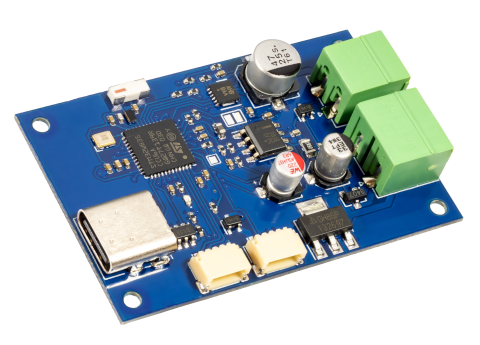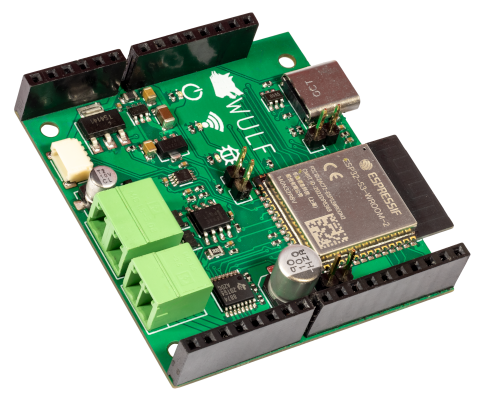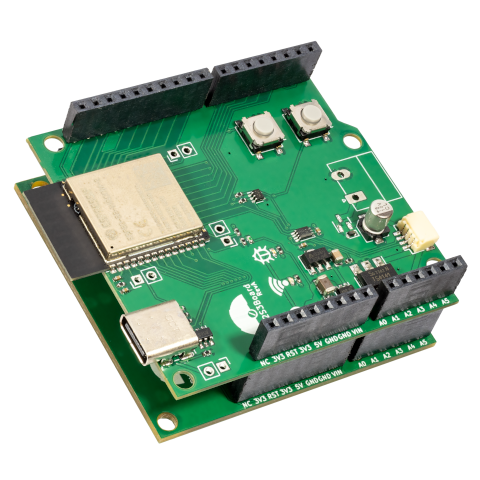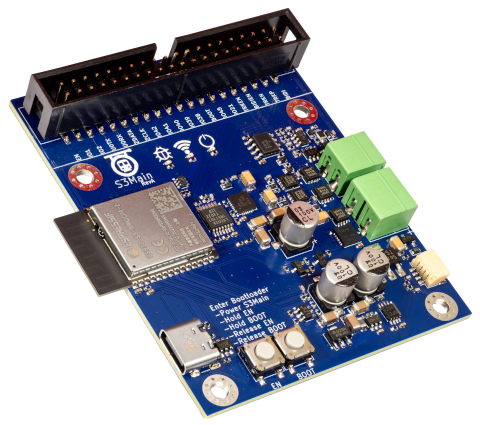This project originally started back in 2021 as a decoder update device for my then (and still current) employer. I had already been working in the model railway industry since 2015 and had the feeling that the possibilities of modern electronics and especially their connectivity were not being fully exploited. All decoder update devices that were on the market at that time only had USB.
So I started working on a Bluetooth decoder update device in my free time. The first prototype was called MSBlueZ and was built on an STMicroelectronics STM32WB55 basis.

The "Bluetooth part" didn't last long though. One day I stumbled upon a demo of someone serving an HTML page from an ESP32 over WiFi and I've obsessed over the idea ever since. Conveniently, Espressif introduced an ESP32 with USB around the same time, and so Bluetooth on an STM32 soon became WiFi on an ESP32. At the time, I had not considered how much additional work my decision would entail...
Suddenly I had to deal with HTTP requests and WebSockets, something I had no idea about. In that sense, this turned out to be a very educational side project, as I finally had to deal with web technologies. Fortunately, I was able to avoid JavaScript once again by learning Dart and Flutter for writing the Frontend, a combination that I've come to appreciate very much.
However, the additional workload was not the only problem. The path to the final design of my H-bridge led via 3 different fully integrated ICs, each of which had its own problems... I will spare you all the details, but one of these problematic H-bridges was the DRV8874, seen here in a prototype called WULF.

At some point during this development process I also decided to keep the design Arduino compatible. What is never shown on these beautiful PCB pictures on the internet, however, is how incredibly fiddly this stacking is... After just one iteration of this design, I had had enough.

From this time on, however, the hardware did not change fundamentally. OpenRemise was set as the project name and the design was reduced back to a single board.

When the project was in a reasonably presentable state, I showed it to my employer, who, however, showed no commercial interest in it. At this point it was clear that I had to open source the project so that all my work would not be in vain. The DCC-EX project and it's success gave me the confidence to actually do this, even though the release was still a long way off at the time...